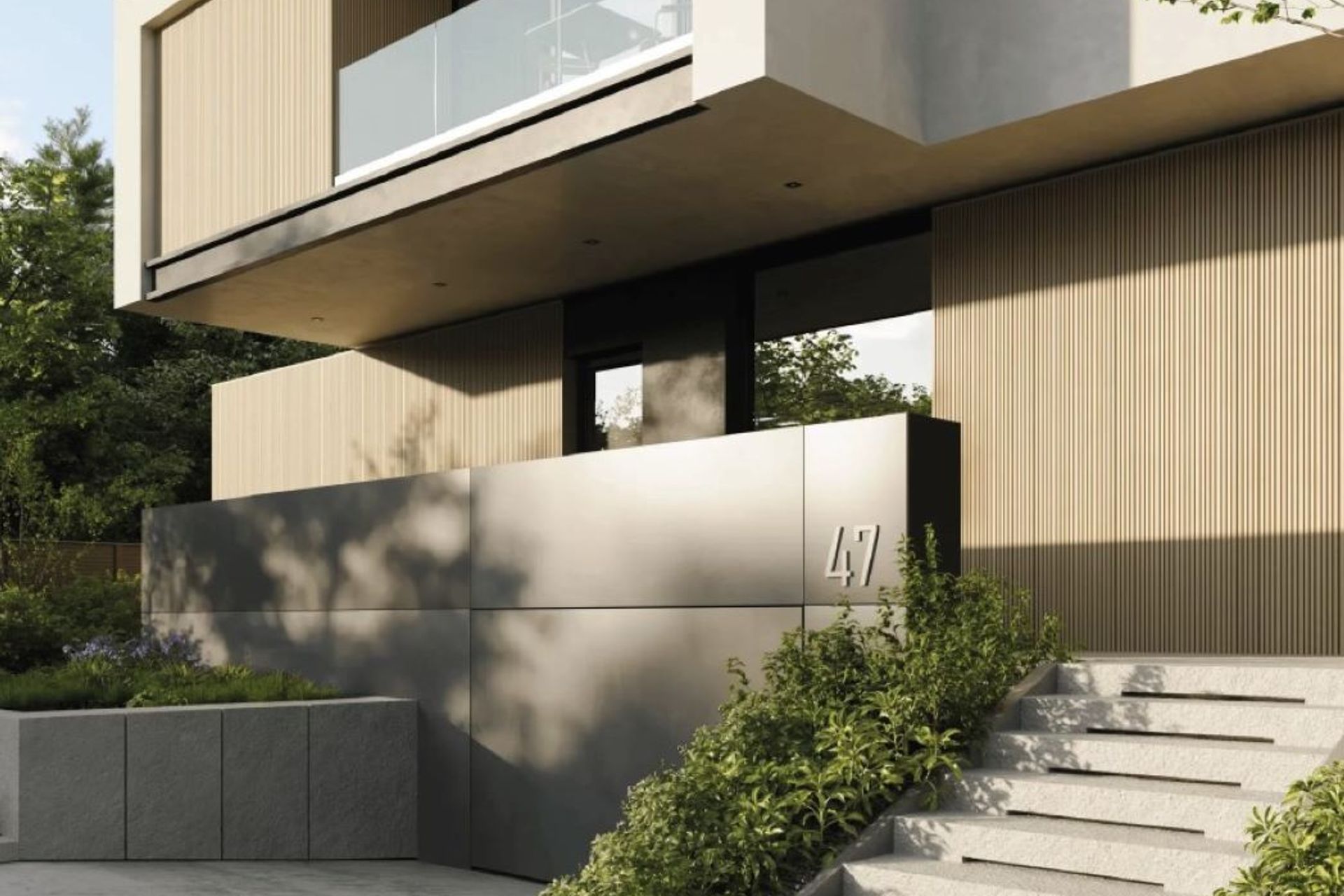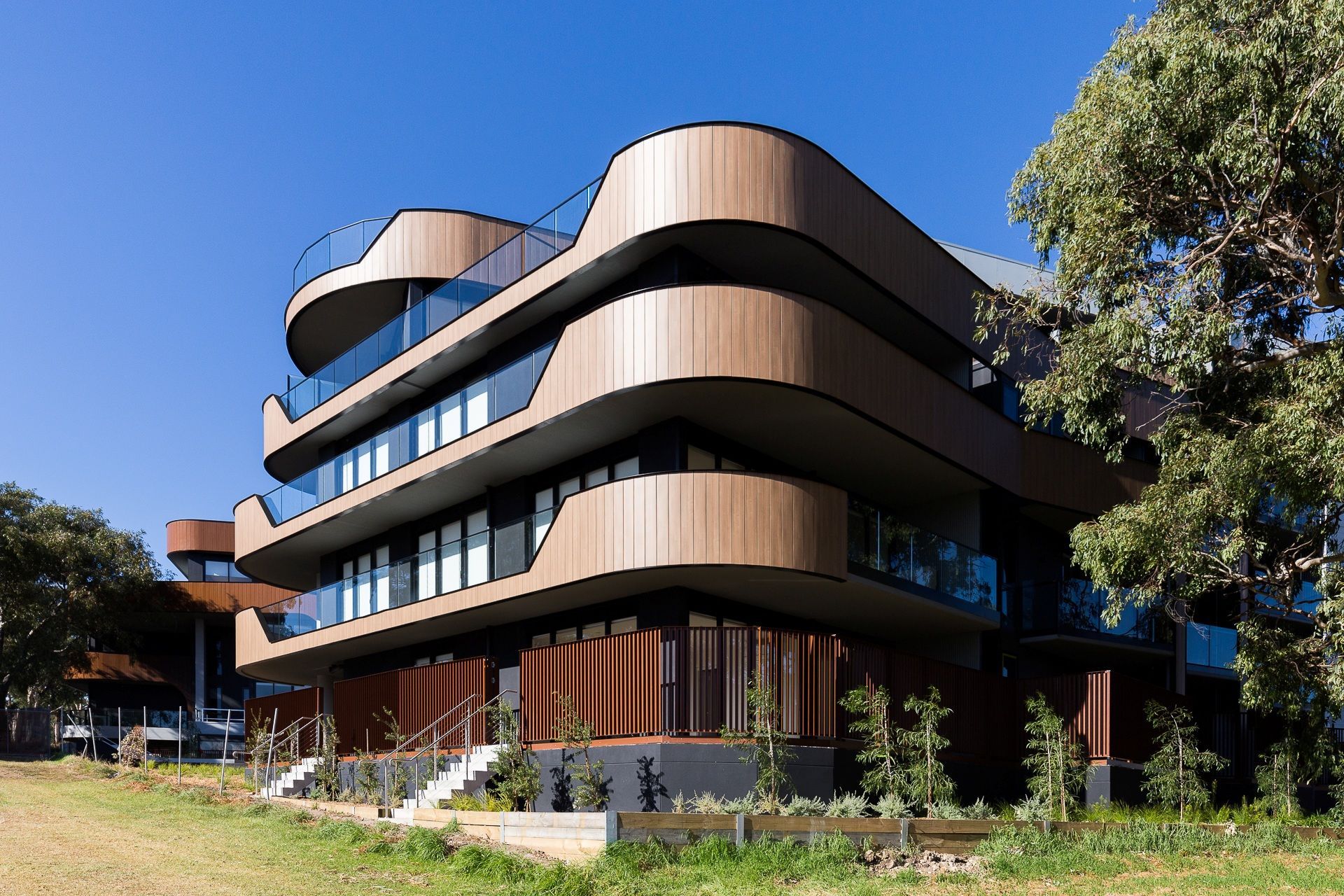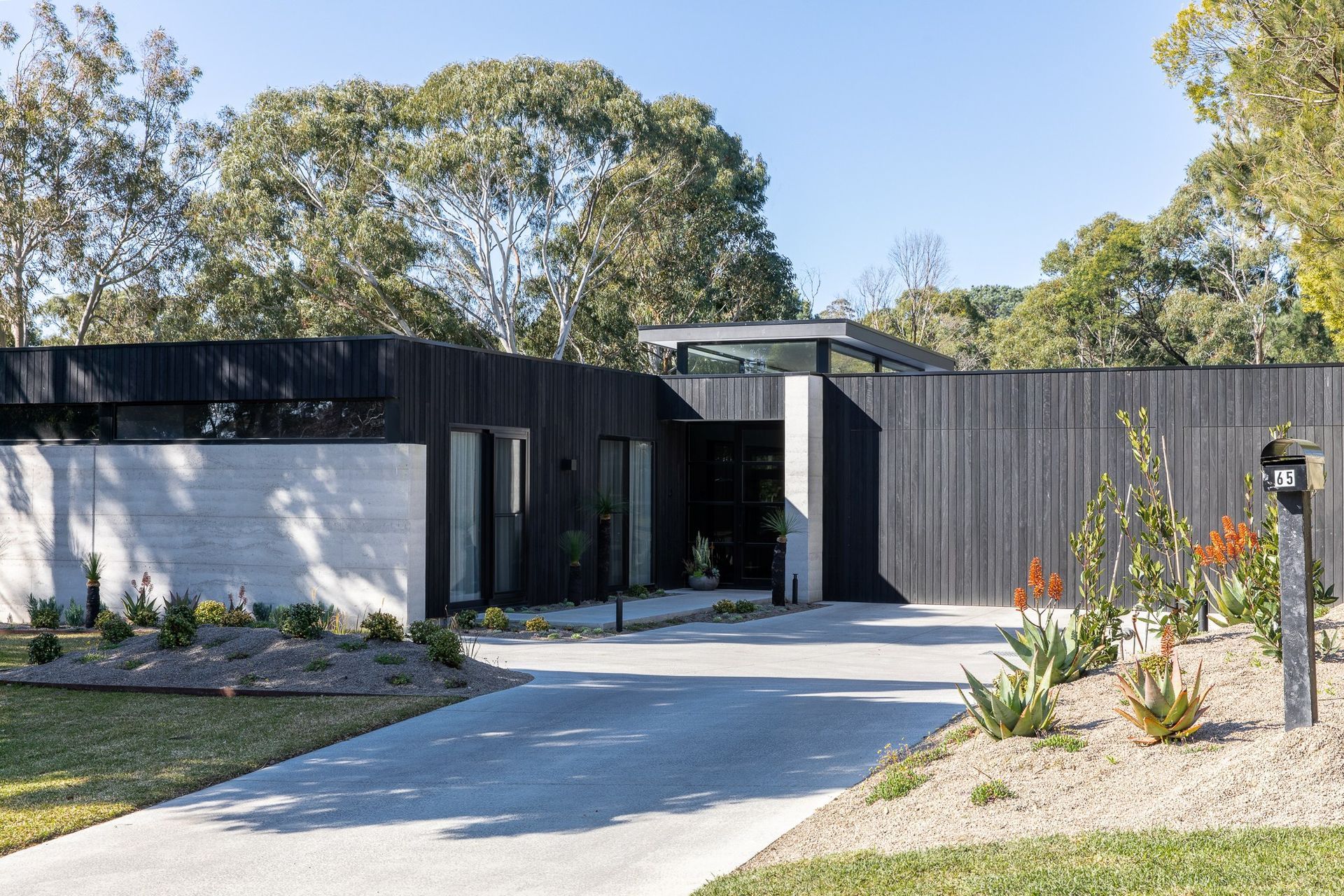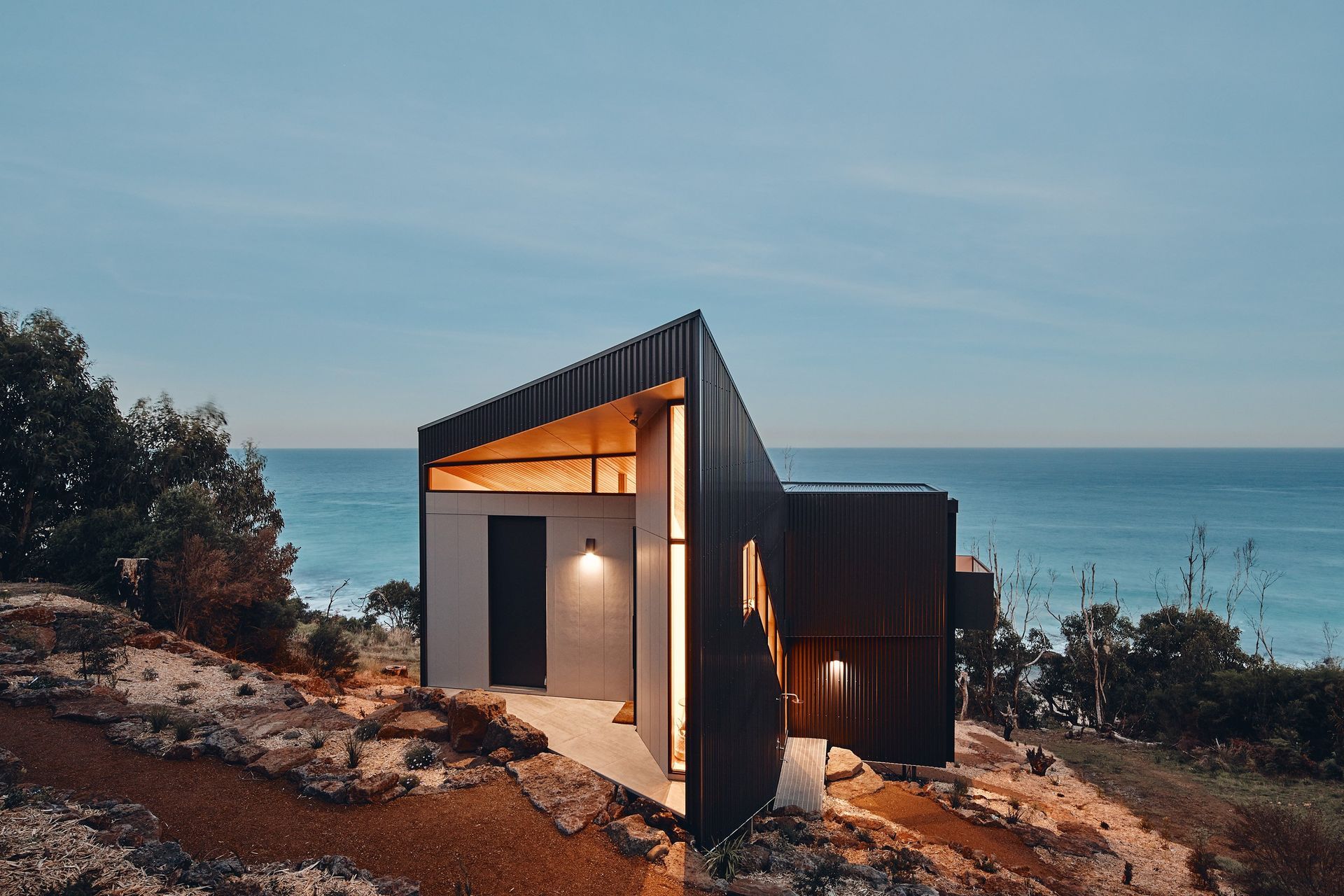The most cost-effective cladding options in Australia

House cladding is like any other building material in that it costs money to be sourced, delivered and installed. Because a substantial amount of it is needed with any new build, you want to be sure you are getting good value for money with the choice that you make.
Cost-effectiveness is a crucial factor in the decision that you’ll make but it’s important to appreciate that cost-effectiveness isn’t just about the front-up cost alone. This is especially true for cladding which is a long term investment that has a lengthy lifecycle. The cheapest exterior cladding product might not be the most cost-effective in the long run.

What can I expect to pay for cladding in Australia?
Cladding costs per square metre (or sometimes linear metre) can vary hugely given the wide varieties of cladding materials that are available on the market. Even within the same type of cladding material (like timber) you’ll find options priced at both sides of the spectrum.
For example, in a cladding cost comparison for timber cladding, you can pay around $3.25 to $6.25 per linear metre for tight knot pine or $8.30 per linear metre for Spotted Gum.
Weatherboard cladding can range from $3.20 for a linear metre of baltic square edge to $28.75 for a 4.2 metre length of smooth HardiePlank.
Metal cladding can be another step up in material cost when compared to timber. Aluminium cladding as a basic sheet can be priced at around $14.00 per metre and go up to $30 per square metre for corrugated cladding.
Vinyl cladding is another option that is available for around $30 per square metre making it a very affordable solution.
Installation costs for cladding can vary too depending on the cladding professional from around $55 per hour - $65 per hour and even upwards of $80 per hour. Some businesses may also charge their cladding installation fees per square metre of work that needs to be done.

What are the maintenance costs of the different types of cladding?
Understanding the lifetime cost of cladding gives you a better idea of the most cost-effective materials. As we said earlier, the cheapest cladding choice at the start might not be the cheapest in the long term. Sheet steel is considered the cheapest option when weighing up lifetime costs, followed by sheet plywood. PVC, fibre cement and timber weatherboards are the more expensive options.
Cost-effectiveness however is also influenced by the value a cladding brings or increases in a home. More costly and durable claddings are more likely to increase the value of a property providing a greater return on investment than cheaper alternatives. If you definitely have the intention to sell your house at some point in the future, then this should definitely be considered as a factor.
What are the life expectancies of the different cladding options?
Interestingly, there is a surprising range when it comes to lifespans for different cladding materials. Corrugated steel cladding comes in the lowest, at around 20 years while at the other end of the scale, clay brick or concrete cladding is likely to last up to 80 years.
When maintenance costs are considered, however, corrugated steel remains a cost-effective option, at between $3 and $7.90 per square metre, as opposed to fibre cement weatherboards, which may last up to 40 years, but when considering lifetime costs, fall between $11 and $15 per square metre.
How cost-effective is weatherboard cladding?
Timber weatherboards have been an iconic feature of residential construction in Australia for well over a hundred years. When done well, it looks fantastic but it does require regular maintenance. It is also susceptible to decay and prone to coastal corrosion or darkening with prolonged UV exposure. Cedar cladding is a high-quality choice of weatherboard with a conservative expected lifespan of 25 – 35 years.
In contrast, fibre cement weatherboards offer a higher density, with an expected minimum lifespan of around 50 years and still fall within the ‘affordable’ category – and are therefore a popular choice.
Related article: Weatherboard vs. brick: a look at the pros and cons of each

Can plaster cladding be a cost-effective solution?
The broad term ‘plaster cladding’ actually includes three quite different systems - Stucco (or render), EIFS (Exterior Insulated Finishing System) and fibre cement sheets. Stucco, the oldest of the three, provides a solid and extremely durable exterior to a home used prolifically this way during the Italian Renaissance period. EIFS, is known for its durability, design flexibility and high energy efficiency. Meanwhile, fibre cement sheets have many impressive qualities including a long lifespan, heat and fire resistance, resistance to warping and rotting and strong weather resistance. Plaster cladding is often used as a house recladding solution. As with any other type of cladding, skilled workmanship is required to ensure you get the best traits out of the material.
What is aluminium cladding?
Aluminium cladding is a highly durable, corrosion-resistant material that is roughly a third of the weight of steel. Its large wall cladding panels require fewer joints making it more efficient to install. This has made it one of the most used building materials in Australia in recent times. It is also completely recyclable giving it great sustainability credentials.
It’s also an extremely flexible metal making it a great choice for architects keen to showcase a bit of design flair. This makes aluminium a great investment with respect to lifespan value for money and aesthetic appeal.
Related article: 13 stunning interior wall cladding ideas to inspire you
What are the advantages of vinyl cladding?
Vinyl cladding is an incredibly versatile, durable and low maintenance material, and is up there with the best as far as cost-effective cladding goes.
It’s incredibly light and extremely fast to install requiring less scaffolding and no additional finishing once fixed.
Isn’t brick the most cost-effective external cladding?
Brick has a great reputation as a timeless classic that’s been used extensively throughout the world for many years. It is very low maintenance and is considered one of the most durable types of cladding there is. It is indeed one of the most cost-effective options across its lifetime.
One factor that does need to be considered however is that when building with brick it needs to be laid directly onto the slab foundation. Other lightweight options can be fixed externally to the framing. The significance of this is that some feel that using brick encroaches and compromises the size of a home but its advocates insist this is just a minor matter.
However, if you want the look of brick without the weight or density, there are a number of brick veneer products on the market.
Related article: 11 modern exterior cladding ideas to inspire your next project

What else impacts the cost-effectiveness of cladding?
There are a number of other factors to consider before making your final choice for cladding. These include the location of your site and any exposure to the elements be it wind, rain or coastal air. The thermal insulation properties of cladding are important too for your energy efficiency overall consumption. Fire ratings, especially in high fire risk areas will undoubtedly be a concern as well as the environmental impact and sustainability credentials of the material itself.
Related article: 7 popular types of cladding in Australia
Pick the most cost-effective cladding for you
There are some excellent cost-effective options for exterior cladding that all types of future homeowners can enjoy. Whether you’re looking for an affordable upfront material that you’re happy to put the maintenance into or a lavish cladding that will provide you with a substantial return on investment, you’ll be able to find a solution that delivers exactly what you want.
Discover a wide range of high-quality cladding solutions on ArchiPro
